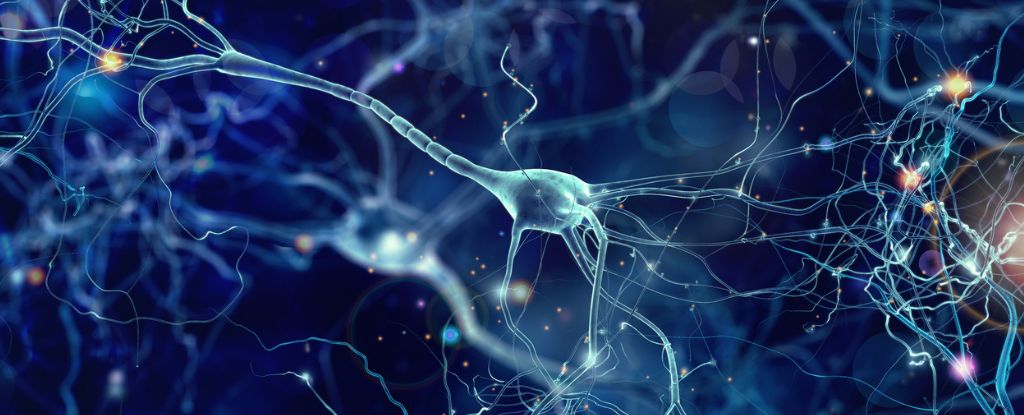Different types of brain cells could age at different speeds, and that may help explain the development of Alzheimer’s disease.
Engineers at the University of California San Diego (UCSD) have used cutting-edge technology to analyze the postmortem brains of 14 donors aged over 59, some of whom died with Alzheimer’s disease and some of whom did not.
The team found that brain cells from the frontal cortex with the most signs of aging and Alzheimer’s disease shared a common feature. Their DNA (deoxyribonucleic acid) interacted with the genetic ‘translator’, RNA (ribonucleic acid), in a less intimate way than in healthy brain cells.
The discovery was made using a tool called MUSIC (multi-nucleic acid interaction mapping in single cells), which is powerful enough to peer inside a single cell’s chromosomes to see how DNA and its associated RNA and proteins, collectively known as chromatin, interact.
“The technology has the potential to help us uncover novel molecular mechanisms underlying Alzheimer’s pathology, which could pave the way for more targeted therapeutic interventions and improved patient outcomes,” says bioengineer Sheng Zhong from UCSD.
Aging is known to cause changes to the chromatin of animal models, impacting an individual’s lifespan. But the field of research concerning chromatin and aging is still new and “rapidly expanding“.
Only recently were scientists able to create a 3D image of the true structure of human chromatin using super-resolution microscopy. It looks quite different to how many textbooks imagined it.
The new research from UCSD now sheds more light on the curious structure. Some brain cells in aging individuals look ‘older’ than other brain cells. The individuals with more of these older cells were also more likely to have died with Alzheimer’s disease.
In cells with signs of degeneration, there were fewer “short-range” connections between chromatin and RNA. The erosion of these intimate interactions meant less contact for genetic translation, possibly inhibiting the cell’s gene expression.
“This distinction sheds light on the correlation between the chromatin conformation of a cell and its transcriptomic age, thus extending our understanding from previous observations associating chromatin structural decline with aging to the single-cell level,” researchers at USCD conclude.
While the study is small, it is interesting to note some sex differences that were found. Compared to the human male brain, the female brain showed fewer ‘old’ neurons and more ‘old’ supporting cells, called oligodendrocytes.
In further experiments among mice, researchers at UCSD found more oligodendrocytes showed age-related death in female mice than in males, indicating these brain cells were aging sooner. The same was not true of neurons.
“Healthy oligodendrocytes protect normal neuronal activities, and a balance between neurons and oligodendrocytes is required to maintain their bidirectional communications that ensure the necessary protectivity,” explain researchers at UCSD.
The team speculates that perhaps the faster aging of oligodendrocytes in female brains could account for why women are twice as likely to develop late-onset Alzheimer’s.
“If we could identify the dysregulated genes in these aged cells and understand their functions in the local chromatin structure, we could also identify new potential therapeutic targets,” hopes UCSD bioinformatics researcher Xingzhao Wen.
The study was published in Nature.





